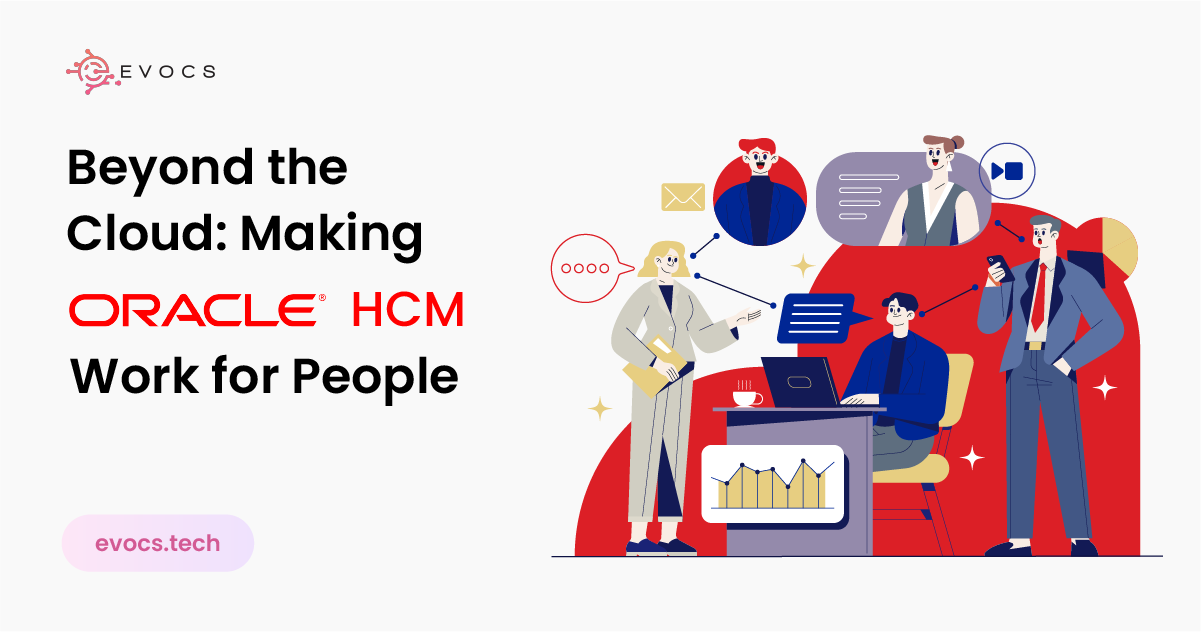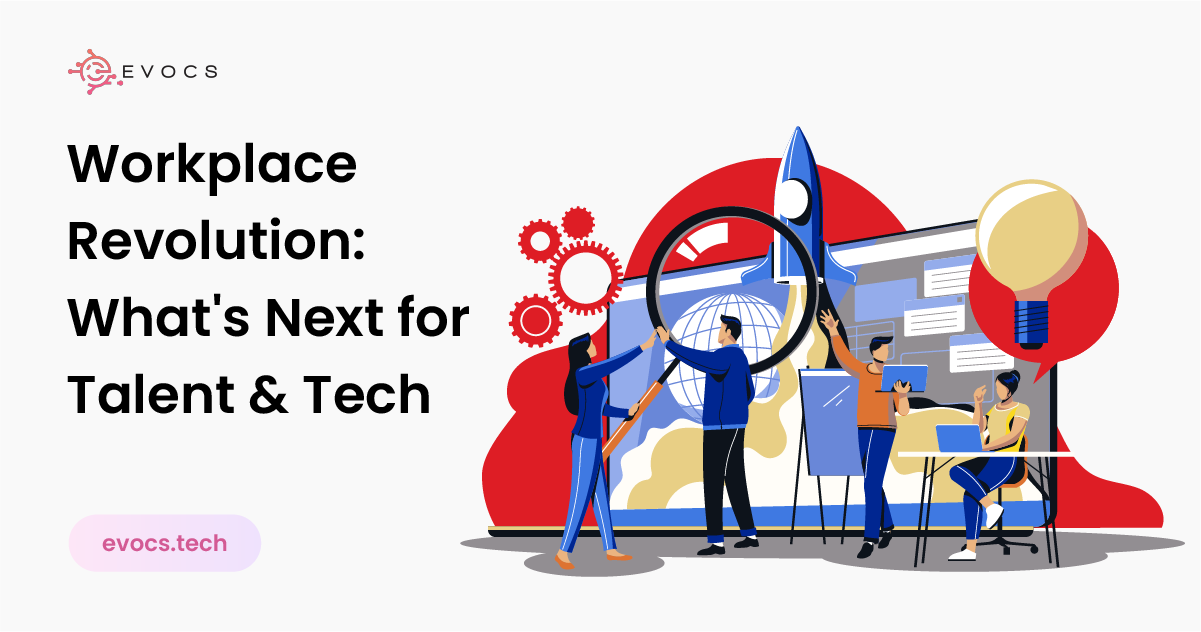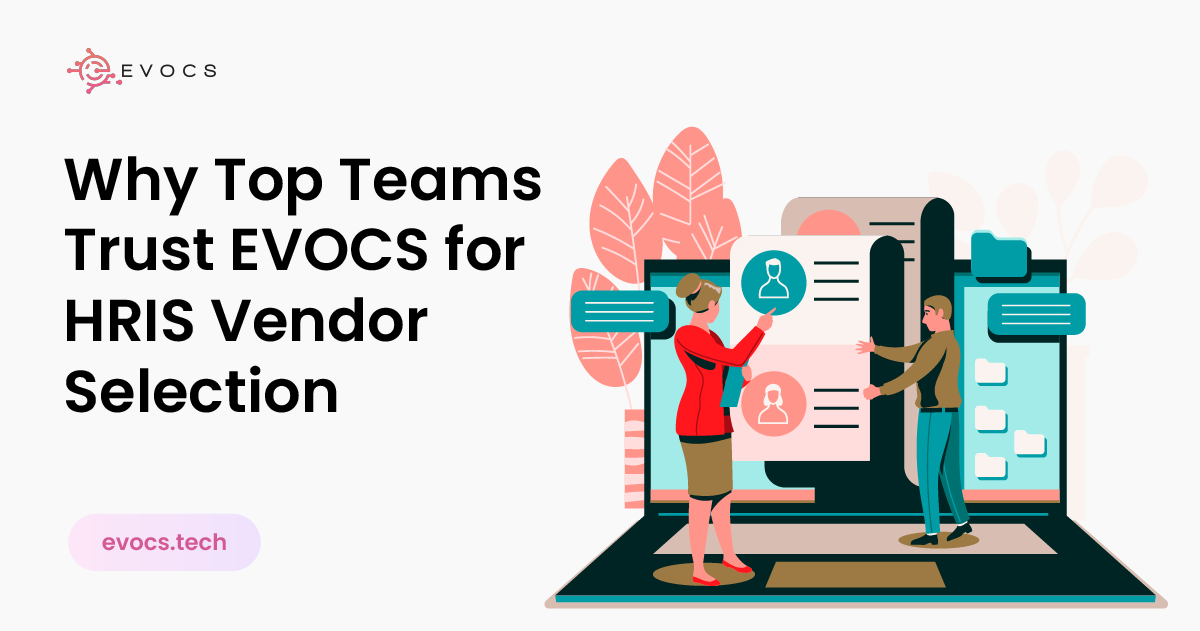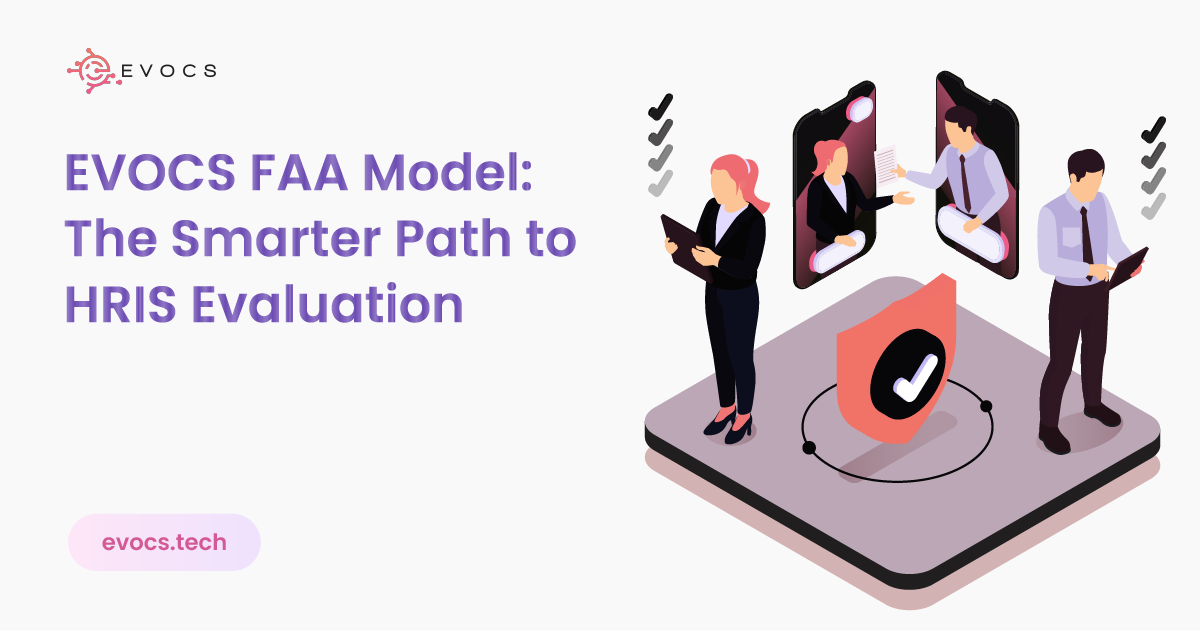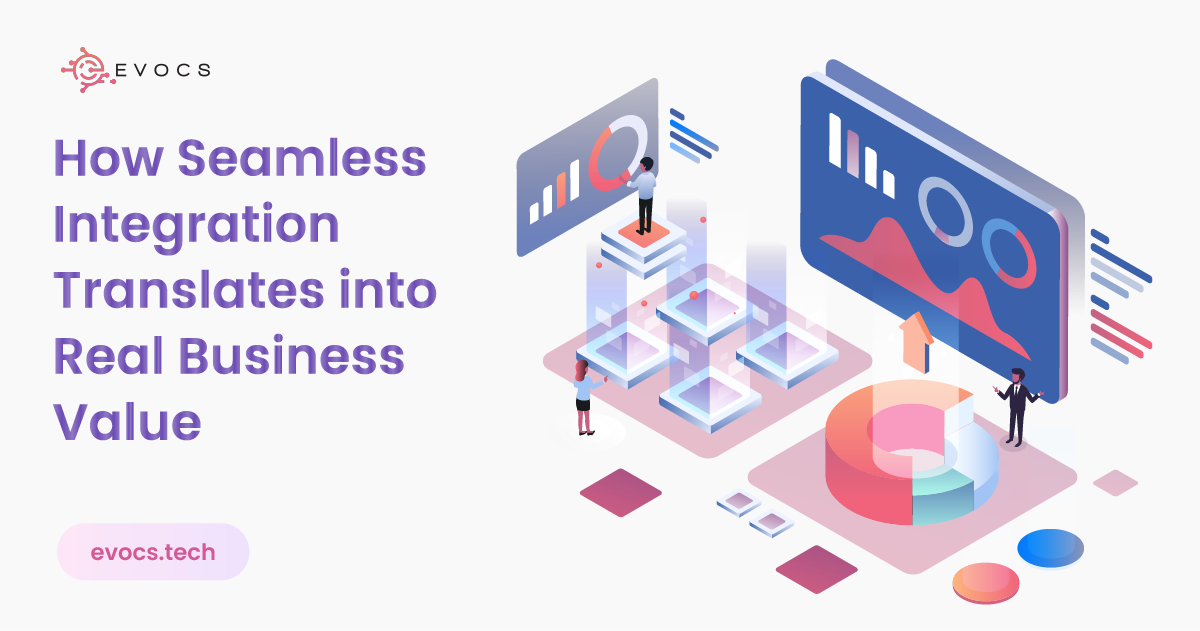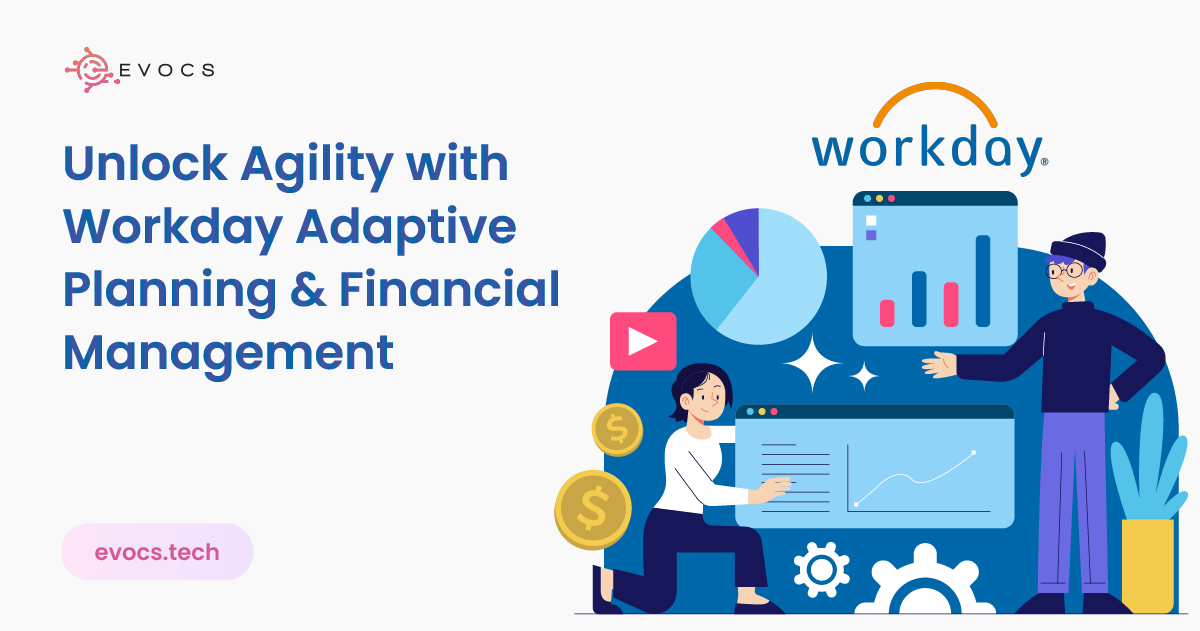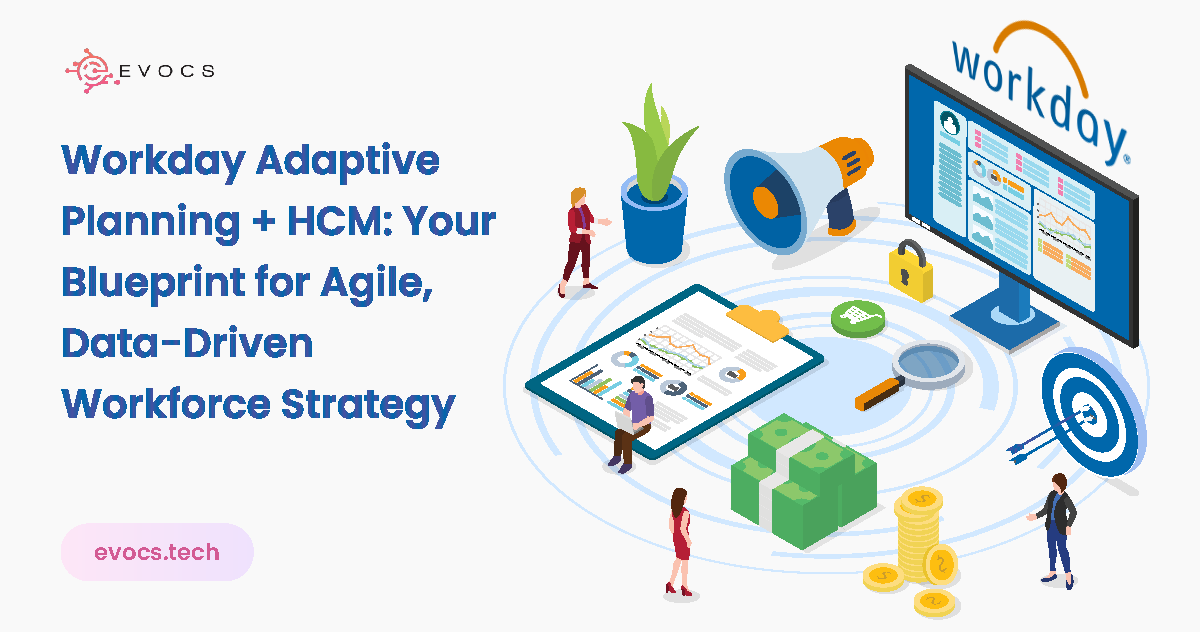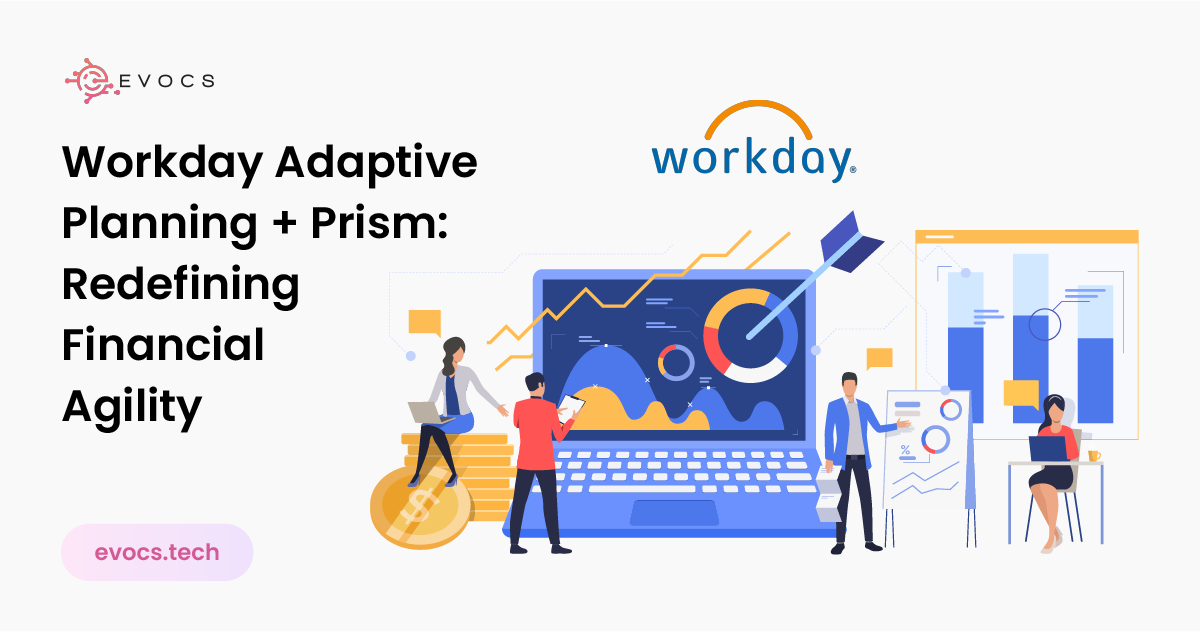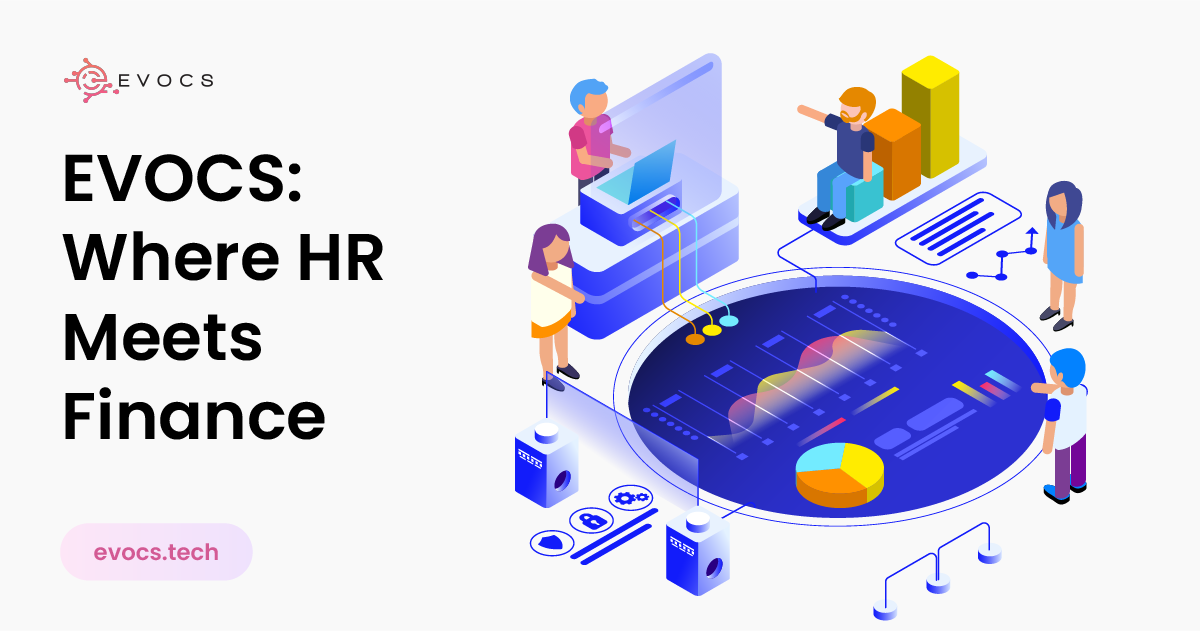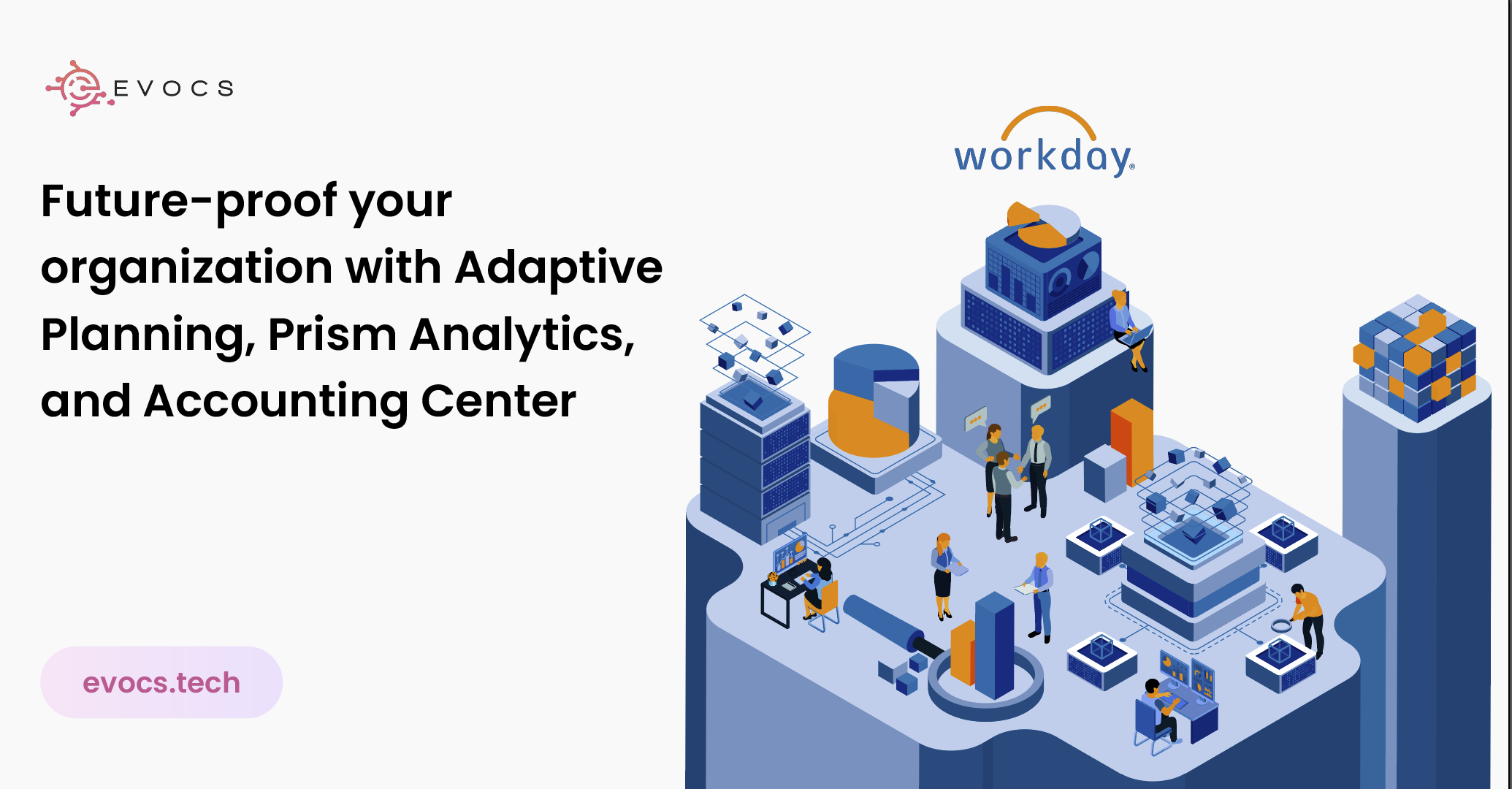Oracle HCM Transformation: A Practical and Human-Centered Guide to Success
Oracle HCM stands at the forefront of modern HR solutions, helping organizations unify their workforce strategies in the cloud. Cloud transformation is not only replacing obsolete software with a fresh platform. This offers an opportunity to completely transform your company’s approach of attracting, nurturing, and developing its staff. But as with any big change, success […]

